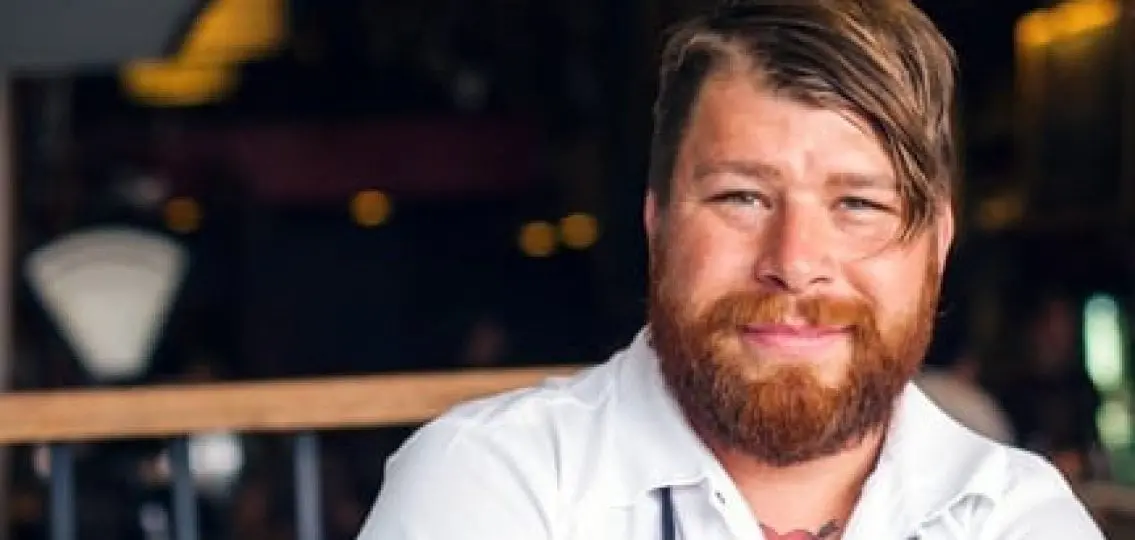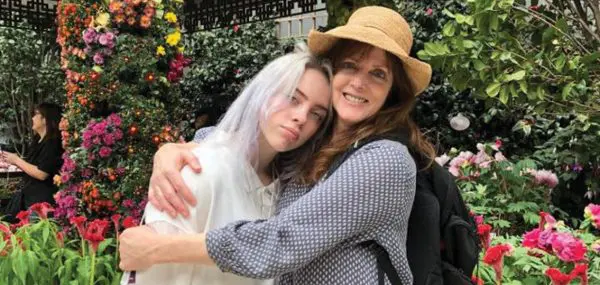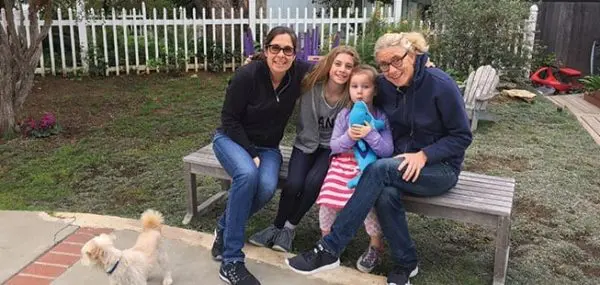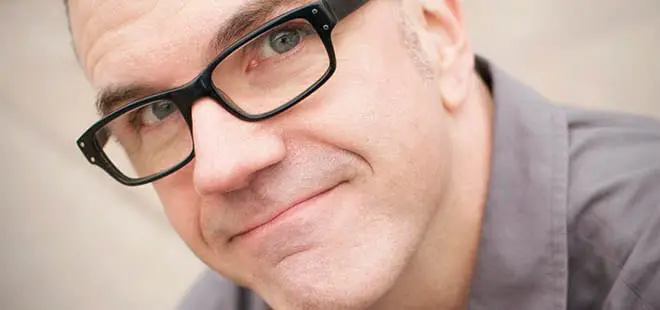Lucky for us, our magazine is based in the same city in which award-winning chef Jonathon Sawyer lives and works. So, we can tell you first-hand how wonderful the food is at his three Cleveland-area restaurants, including The Greenhouse Tavern. Our editor, Susan Borison, recently caught up with Sawyer — who in 2015 won the James Beard Best Chef Award — to find out how to improve what we eat at home … and how he gets his own children (ages 7 and 10) into the kitchen.
Interview with Chef Jonathon Sawyer
Q: Congratulations on your James Beard award. Does it change anything for you?
Sawyer: Thank you. It was a goal that we had set for ourselves. Now that we accomplished it, it’s time to have more goals. It’s a good indicator that we’re headed in the right direction.
Q: You advocate the importance of being aware of the environmental impact of our food choices … for example, Chilean sea bass wouldn’t be your first choice for fish?
Sawyer: Yes, and there’s a conversation in society that is very interesting that is four or five years old. The international fishery that has been watching out for this fish has actually brought Chilean sea bass off the endangered list, and off of the protected list as well. But it’s still a fish that’s not a best choice, or even a good choice according to the Monterey Bay Seafood Watch, which is an organization you can use to check out your fish before you buy it. This growing awareness has done enough to society to get it to a place where that particular fish is getting closer and closer to something that you can enjoy guilt free. Awareness is the biggest part that we care about. I’m not necessarily trying to influence anybody’s direct decisions, but just help them ask great questions.
Q: What do you look for when buying food?
Sawyer: For us, there’s a purchasing pattern that we like to follow at home and in the restaurant. It’s this pinnacle of like-minded, sustainable, local farming techniques that we really strive to have with everything that we’re going to do. So, certified organic, humane, biodynamic, and produced within sixty miles.
Q: I’m just a regular mom going to the grocery store. How do I make a decision about, say, humane?
Sawyer: It’s about asking questions. In this case, asking questions at the butcher shop (or counter). The more that we have consumers asking, “How was this animal slaughtered? Was this animal approved?”, the better. These are questions that are hard to ask, and often hard for the butcher to answer, but they’re important. Whether it is the farmer’s market or the grocery store, the hope is that you can have a relationship with someone who can answer those questions.
Q: For many of us, that’s not the case.
Sawyer: I think that’s true, but it’s not for lack of opportunity. If you go to the West Side Market, for example, at any one of those stands, those people are the exact same people that are going to be there five days a week. The good thing about Whole Foods is that they have fish lockers there, and vendors there week in and week out.
Q: So, just walk up and ask somebody?
Sawyer: Absolutely. If possible, try not to go to the Styrofoam, saran-wrapped, already-cut pieces of meat. Try to have a conversation with the butcher — or the person who’s actually touching that product every single day.
Q: Give us the top three questions you would ask?
Sawyer: Right. When you’re talking about meat and fish, those questions are slightly different. At the end of the day, you want to know where the product comes from, how long it’s been there, and how it was harvested or caught. With fish, I think the easiest tool out there is to use the Monterey Bay Seafood Watch app because, to reference the beginning of our conversation, with Chilean sea bass, it will tell you everything that you want to know about that fish. You can use those tidbits of information to have the conversation with the person at the fish counter. It will also offer you alternatives. Or, you could ask the person at the counter, “Hey. I’ve always loved Chilean sea bass. I know that’s not something I should be having right now. What’s your recommendation for something caught?”
Q: Is there a comparable guide for meat?
Sawyer: For meat there isn’t something as formalized as that. So, it’s more reading about the farms and the farming practices that you’re buying from. Unlabeled, unidentified meat is typically not what you’re looking for. Things to look for: grass fed, corn finished, humanely plotted.
Q: Shopping this way costs more?
Sawyer: Well, I don’t know if that’s necessarily true. It’s the cost of something that you don’t necessarily pay for up front, but that you pay for at the end. The negative health effects of poorly raised meat is going to cost you way more in the long run, from a health perspective, than properly raised and properly fished products would.
Q: I have a confession. I like to buy cherries at Costco in the winter. Would you do that?
Sawyer: For me, I’d rather spend money where I’m going to see an improvement in my own community. I would really prefer to see local farms and farmers grow with us in our city. For me, that’s a preference. It’s not necessarily the worst opportunity to buy organic cherries from Chile in the winter, though there’s the carbon footprint situation that you’ve got to consider. But for me, I want to see our community and our food system and our whole backyard grow. Now that I’ve watched maybe ten years of seeing local farms grow, some of our local farmers are able to deliver us meat every week. It’s just really nice to see those success stories and feel like you’ve contributed to them.
Q: Do your children (ages 10 and 7) help in the kitchen?
Sawyer: Yes, but it changes year-to-year and even day-to-day. I think the most important thing for us is that we’re all involved in dinner before, during, and afterwards. That helps the conversation become more honest. We’re not really into turning off the television and telling them to come to the dinner table. I want there to be some level of involvement, whether it’s scrubbing the carrots or dicing the tofu or doing the dishes or setting the table. That’s a focal point for us. One of our goals is to get more people to cook with their families and enjoy supper together.
Q: Do you involve them beyond preparation?
Sawyer: We try to put them in a place where they can ask questions, or engage, or touch the food with their hands. That’s really the philosophy. We’re not trying to trick our kids into eating cauliflower every other Thursday inside of cookies or hidden in macaroni and cheese. We want them to pick cauliflower and other vegetables they actually like.
Q: What do you do in your free time? Besides cooking?
Sawyer: I love music. I love hiking with my family, too, and identifying wild foods. That’s a really fun part of our lives. Just identifying foods that we may or may not pick, just having the conversation of “it could be this” I think is awesome. This past Saturday, I went hiking with my daughter for three hours. We picked mulberries, black raspberries, and a couple mushrooms. We identified everything, and we ate the berries.
Q: What was your childhood like food-wise?
Sawyer: Some of my fondest memories are my grandmas and my great-grandma. Their hospitality, their stuffed cabbage. I have a German family, and I just remember all three grandmas could make a meal out of nowhere. There’s something about that Eastern-European hospitality always stuck with me. In regard to my mom, she was a great, functioning gardener. Phenomenal cucumbers, rhubarb, and tomatoes.




